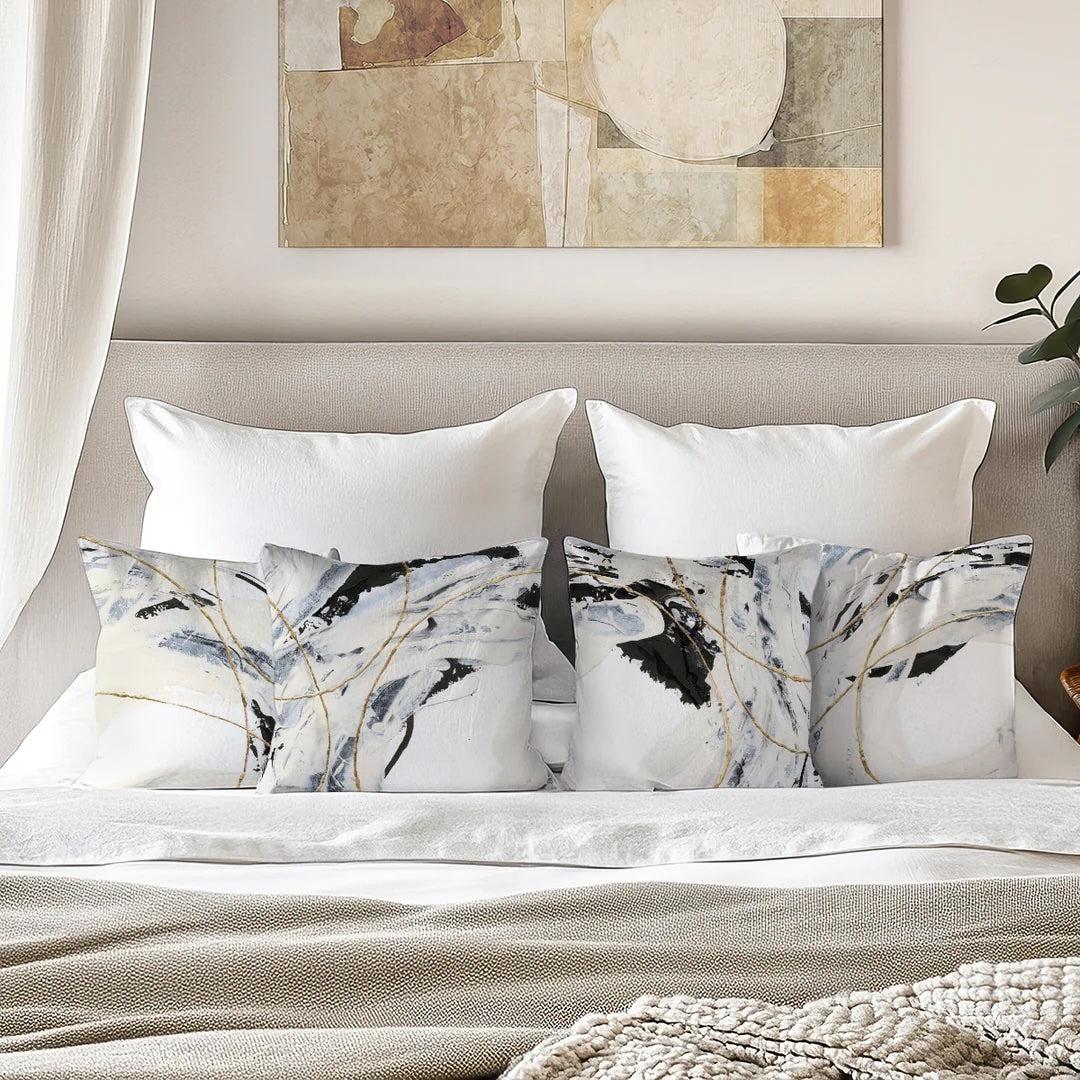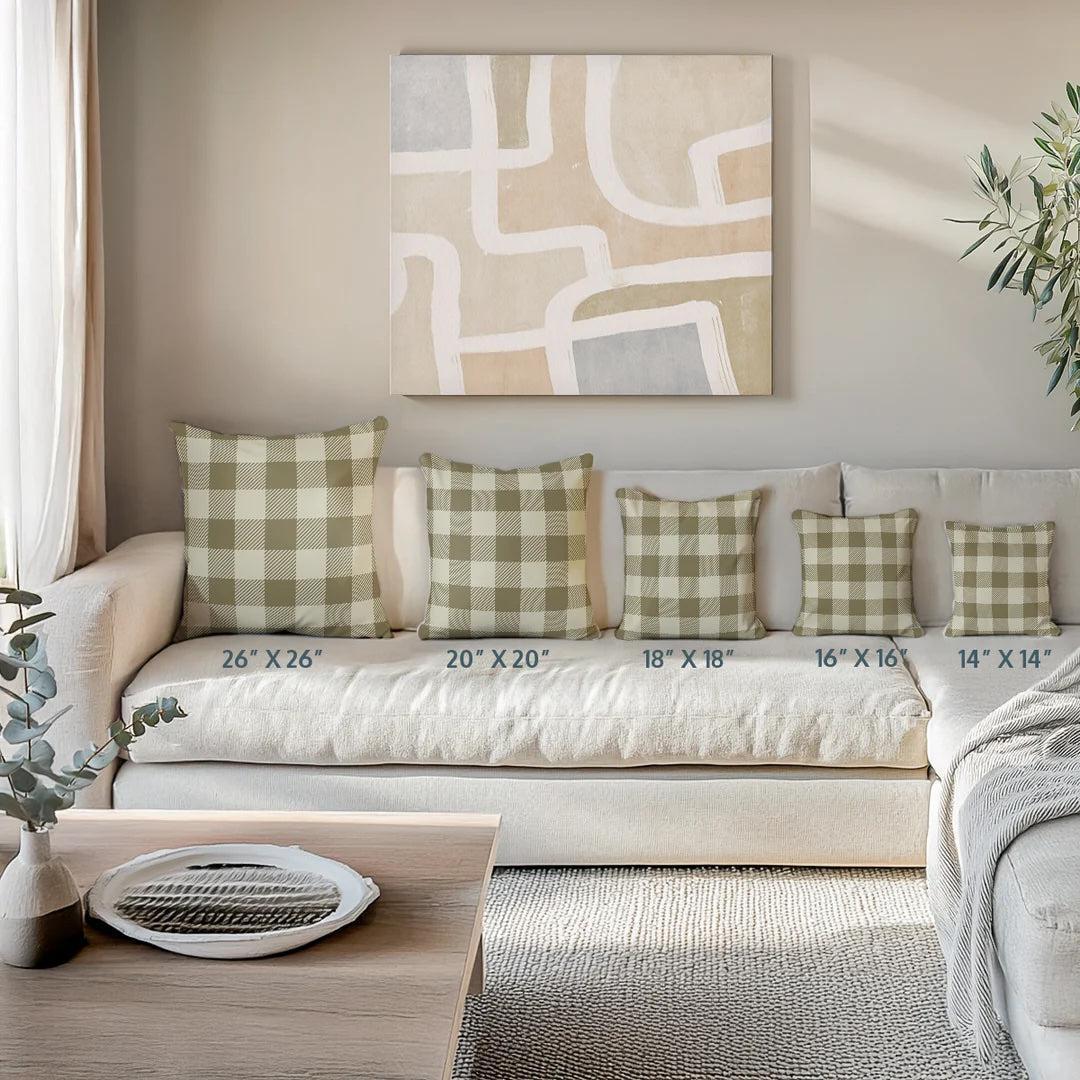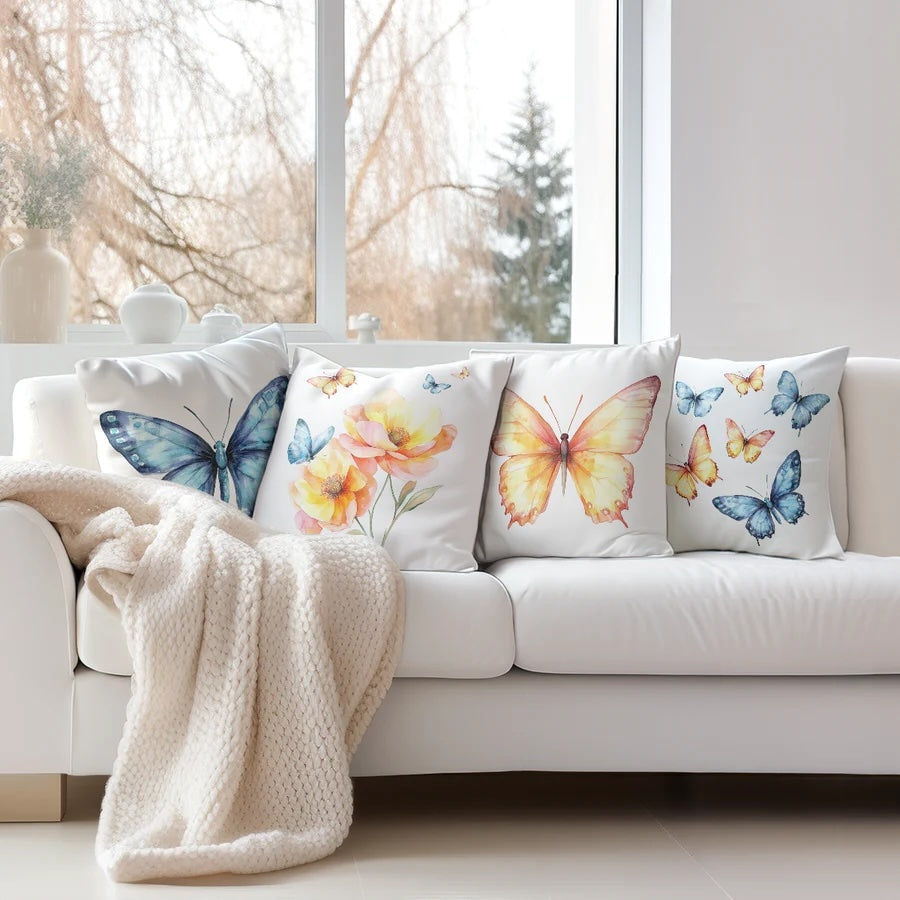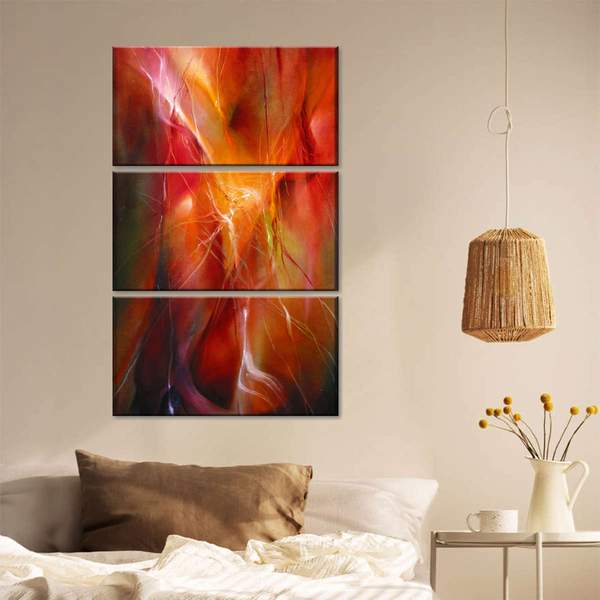Baby blues and light pinks have always radiated comfort and luxury. This color palette series details how you can integrate the soft shabby chic style into your home. From light-colored dresses to a cool glass of rosé, now is the time to embrace pastels, especially in your home!
The shabby chic style is effortlessly beautiful and super easy to achieve. Create a delicately lived-in atmosphere and seek out shades like dusty rose and light lavender for a gentle touch. Let’s explore more tips on how to incorporate pastel shades into your current décor.
A Lighter Shade of Pale
The first rule when playing the pastel game is to keep your walls light and bright. This provides a blank base to experiment with an array of soft colors. If you’re lucky enough to have a brick wall, try ivory bricks for a classic shabby chic look. You can either accessorize with some vintage floral wall art, or use off-white wood furniture.
Check out our shabby chic collection >>
Pair your white wall with taupe and mauve details. Each color should be a slightly muted version of itself to ensure cohesion and subtly. For example, instead of using a true black, opt for a black-brown. Don’t forget that dusty rose is a shabby chic color staple.
Pretty in Pink
We’ve established that blush and baby pink are essential to the shabby chic color palette, but it’s important to choose the right colors to complement the rosy shades. Offset the dusty rose with a soft teal or pale aqua. Look for wall art that ties together both pink and blue in a single piece.
If you opt for a colorful couch and lively wall art, make sure your surrounding furniture and flooring is a palatable sand or ivory.
Everything is Peachy
Heather grey is an iconic shabby chic shade. Look for wall art that has muted purple tones and greyish hues. Break the white-wall rules and pick one wall to paint a pastel shade. We recommend a beige-toned peach.
Shabby chic décor is all about exploring slightly subdued colors. For example, add a touch of tan to your classic grey or a hint of beige to your typical peach to create a stunning antique look.
Dare to Go (a Little) Darker
While shabby chic décor is all about pastels, that doesn’t mean you can’t add richer tones as accent colors. Make sure you choose your pops of color carefully, and still stick to natural shades.
Use chestnut browns and rust reds found in nature. This will deepen your overall color palette without looking out of place. If you insist on including a few vibrant shades, look for wall art that incorporates vivid coral and peony pink.
Pastels from a Pro
Caitlyn Davidian, owner of Studio C Interiors, is a big fan of the versatility of pastel shades.
She shares, “Pastel colors are lighter and less saturated, which makes them perfect to pair with neutrals. They are inherently softer, calmer colors that surprisingly go well with earthy [tones.]”
Davidian also explains the historic origin of pastel colors, “Historically pastels and muted colors were used as wall paint during the majority of the French, British Georgian, and Neoclassical eras. You’ll often find these beautifully historic spaces painted with a delightful muted or pastel light blue or muted apricot or yellow. They were then paired with natural wood carved antique furnishings and an ornate oversized rug.”
Implement Davidian’s advice by adding earthy tones like olive green. Jade and light peach make for a balanced combination. Don’t forget to swap true white for off-white and tan to achieve a more authentic vintage appearance.
Shabby Chic Summary
Shabby chic décor is highly versatile and totally timeless. Pull inspiration from delicate flower gardens and nature’s own pastels. From distressed furniture, to lived-in living rooms, shabby chic is all about creating a comfy, cozy atmosphere. Any interior can look shabby-chic, and there’s a reason this soft style of décor has stood the test of time.
Shop our shabby chic collection >>
RECENT ARTICLES
CATEGORIES
STRAIGHT TO YOUR INBOX
























